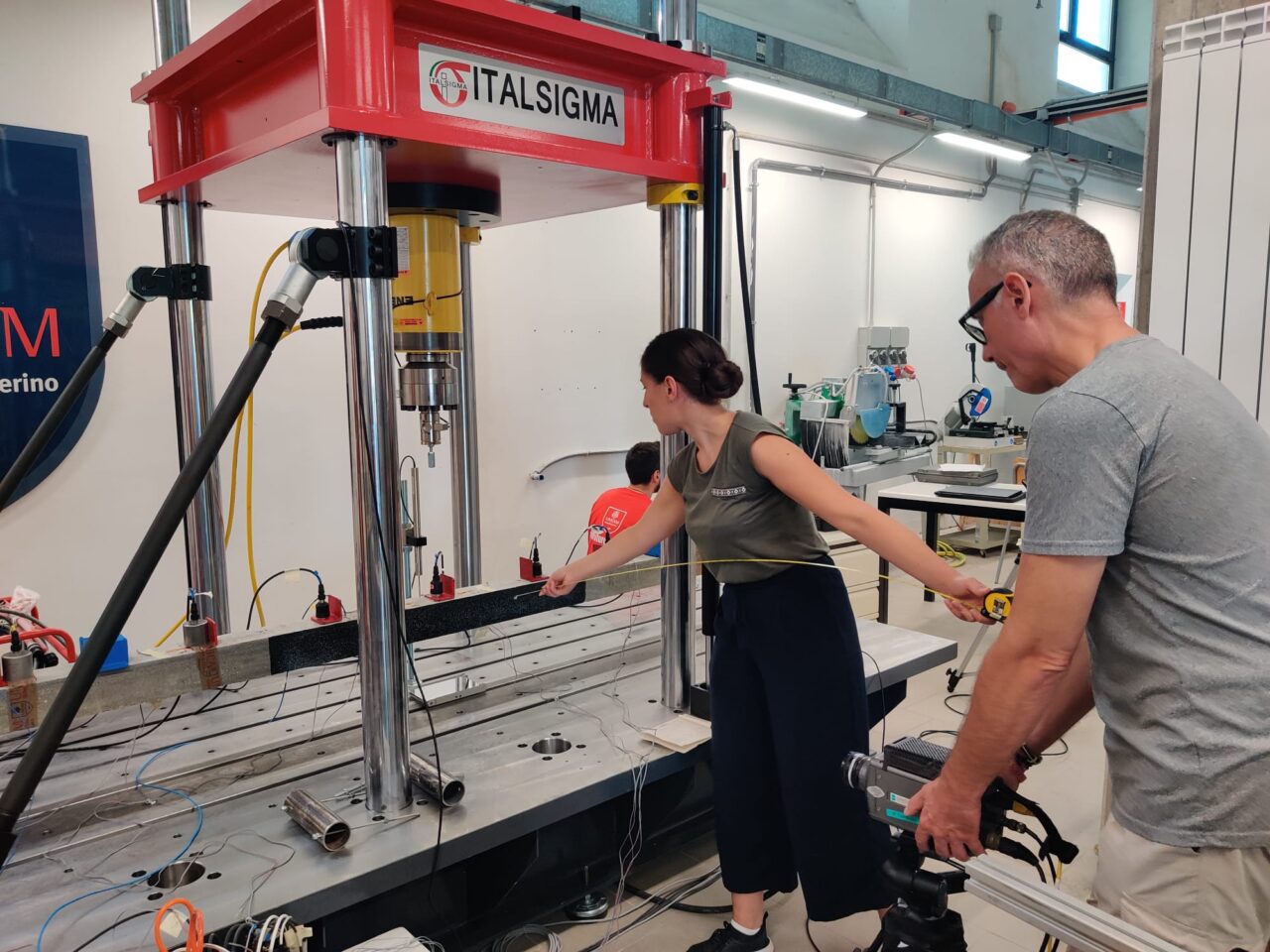Advancing Earthquake Safety with Smart Concrete Technology
18/07/2024 | News

Researchers are developing innovative self-sensing concrete to improve earthquake early warning systems, aiming to enhance the safety of buildings and infrastructure in seismic zones.
In an exciting new project, two universities in Italy, UNIVPM (Polytechnic University of Marche) and UNICAM (University of Camerino), are working together to improve a special type of concrete that can sense its own condition. This effort is part of the larger MULTICLIMACT project, which focuses on creating technologies for better building safety and sustainability. The project is led by ENEA, an Italian agency known for its work in energy and environmental research.
The researchers are focusing on improving a material called self-sensing concrete, which can detect changes in its own structure, such as stress or damage. This is particularly important for areas prone to earthquakes, where early detection of damage could save lives. The idea is to make buildings safer by using this concrete in systems that monitor the health of structures, known as Structural Health Monitoring (SHM).
In May, the team created concrete beams using a special recipe at UNICAM’s labs. These beams were fitted with sensors that can measure strain (the stretching or compression of the material) and also track electrical signals. After allowing the concrete to harden and strengthen until mid-June, the team tested its mechanical strength and electrical properties, making sure it’s ready for use in real-world conditions.
Over the past few weeks, more sensors have been installed on the concrete, and tests have begun. The researchers are using a variety of tools, like accelerometers (which measure movement), displacement sensors (which track changes in position), and cameras, to monitor how the concrete behaves when it vibrates. This testing is key to understanding how the concrete will perform in an earthquake.
In the coming weeks, the data collected from these tests will be analysed to help create systems that can give early warnings in the event of an earthquake. These early warnings could make a huge difference in high-risk areas, giving people valuable time to act. The results from this research could lead to safer, more resilient infrastructure that can better withstand natural disasters like earthquakes.
Author: Prof. Gloria Cosoli (UNIVPM)

